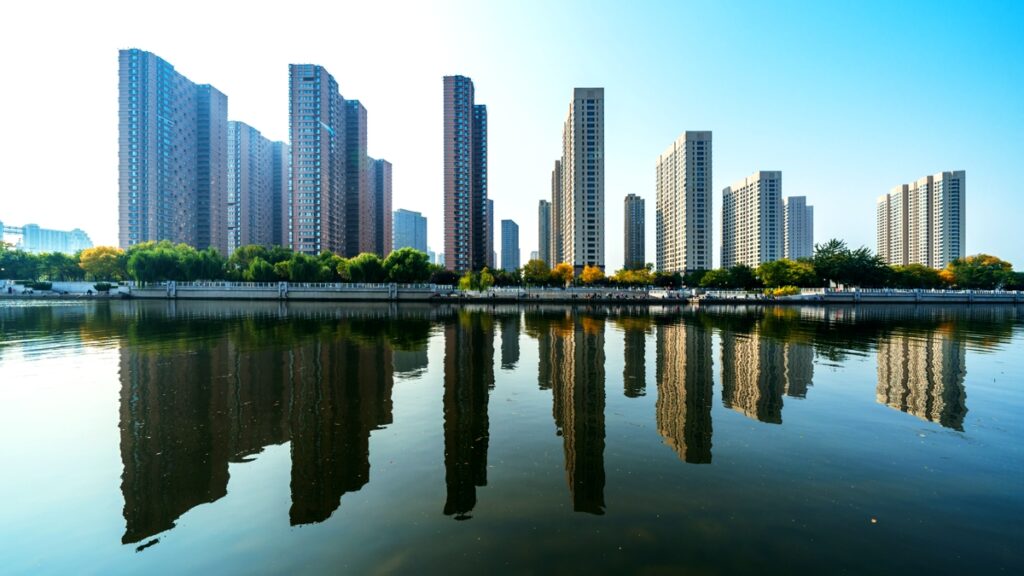Sea level rise is significantly threatening coastal communities and critical infrastructure globally, according to a new study that assesses its impact on the built environment in the Global South. Co-author Eric Galbraith emphasizes that climate change affects everyone, as disruptions to coastal infrastructure can have widespread economic repercussions. The study highlights the unprecedented levels of carbon dioxide in the atmosphere, which are contributing to severe environmental challenges like saltwater intrusion.
Using innovative remote sensing and machine learning, the research maps the vulnerability of around 840 million buildings across Africa, Southeast Asia, and Latin America to localized sea level rise scenarios of 0.5, 5, and 20 meters. Even with significant cuts in CO2 emissions, a rise of 0.5 meters by 2100 could submerge approximately 3 million buildings, while a 5-meter increase could threaten about 45 million buildings, affecting over 80% of the building stock in some nations. In the extreme scenario of a 20-meter rise, over 130 million buildings would be at risk.
The study does not account for factors like erosion or storm surges but reveals that vulnerable buildings often cluster in low-lying, densely populated areas. Researchers created an interactive map to identify high-risk zones, aiding urban planners in risk assessment and land-use strategies. With current global sea level rise rates at about 4.5 millimeters per year, planning for the inevitable impacts of rising seas is crucial for community resilience and sustainability. The findings are detailed in the journal npj Urban Sustainability.
Source link


